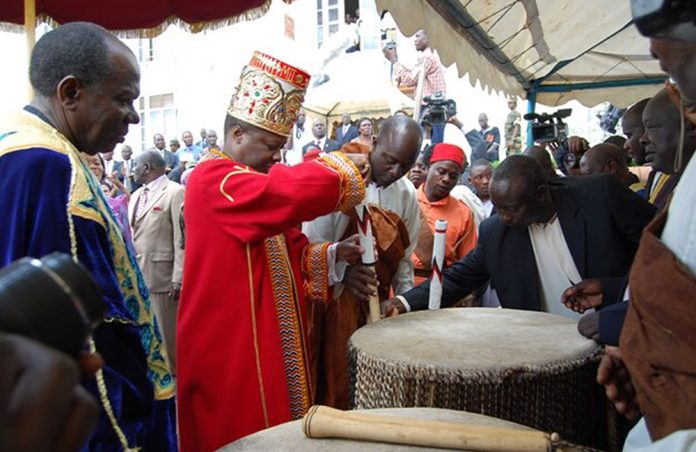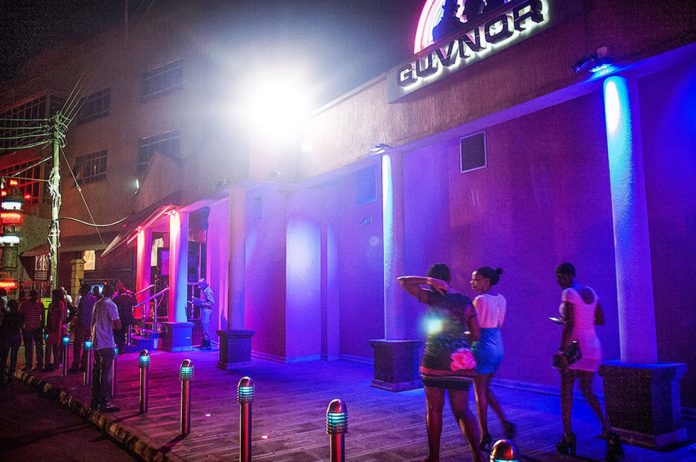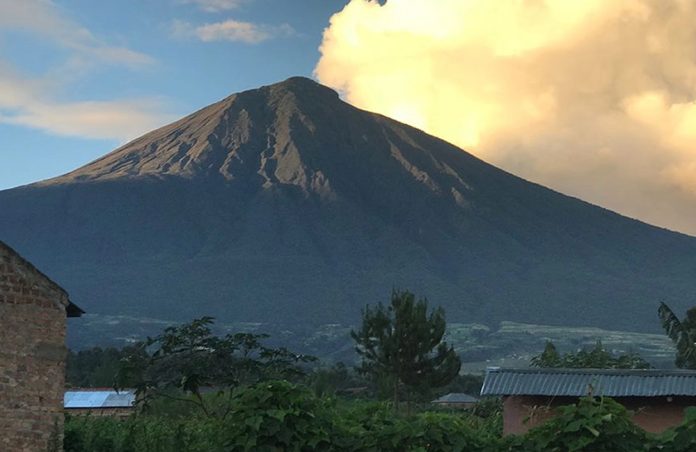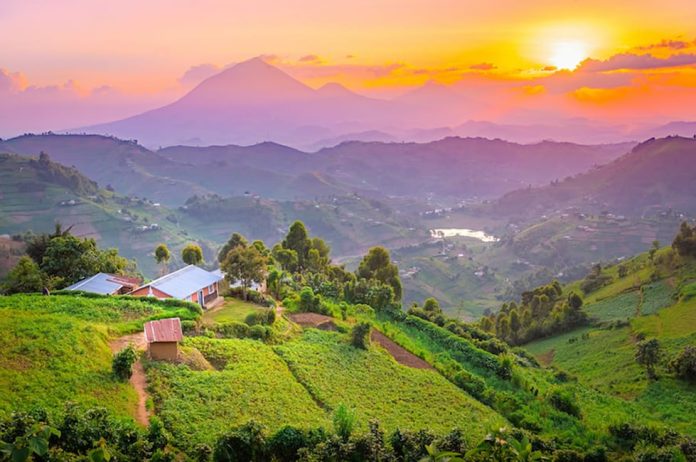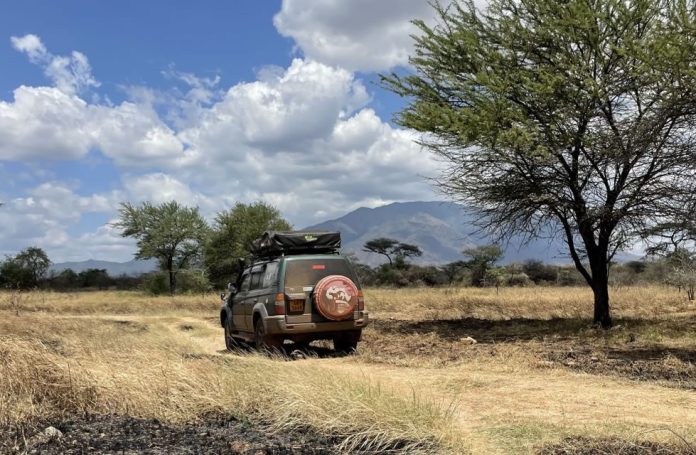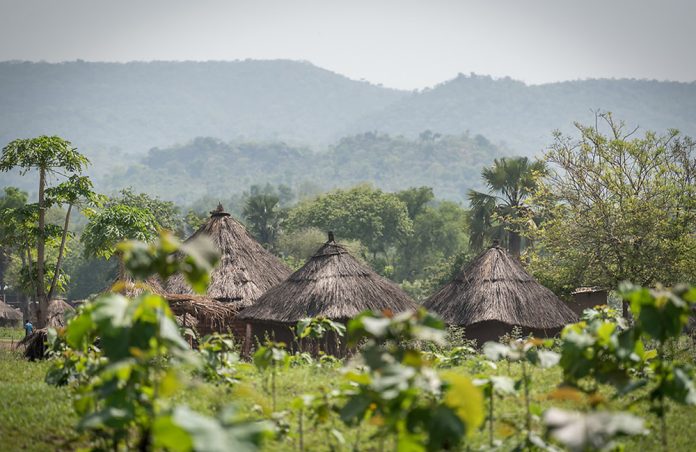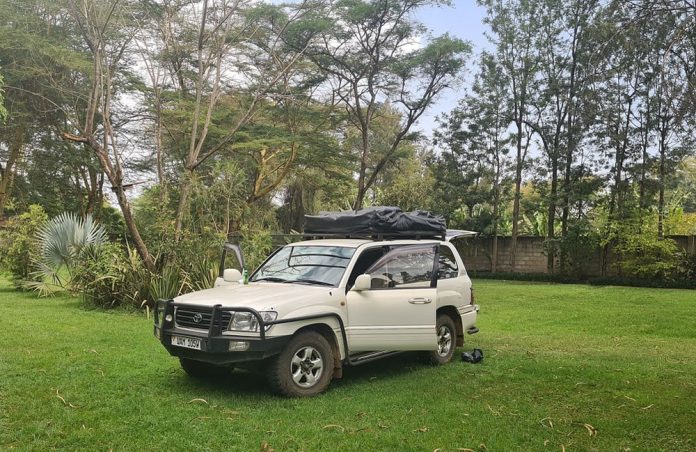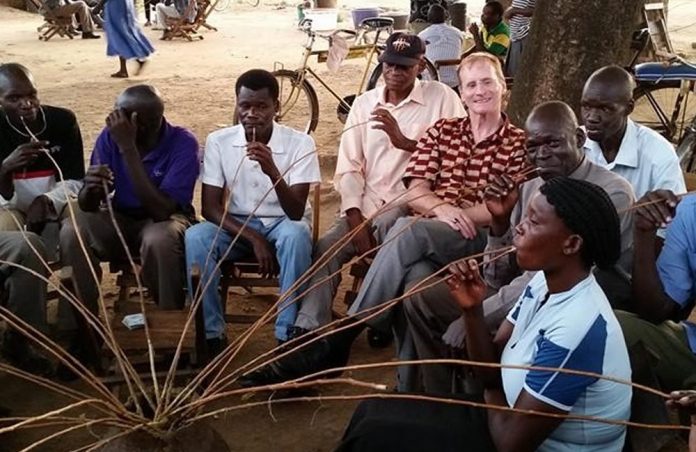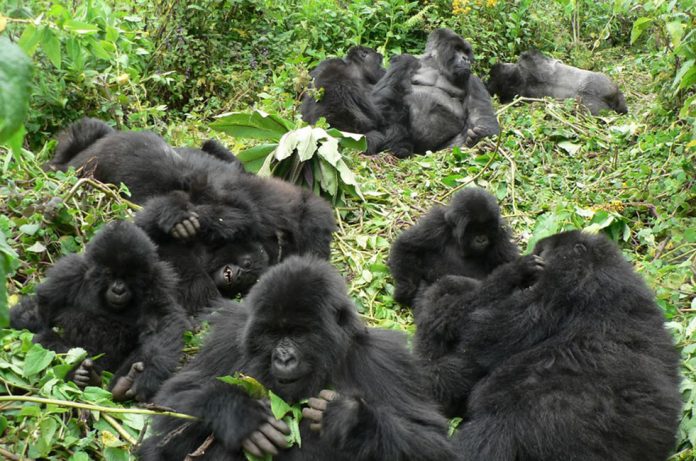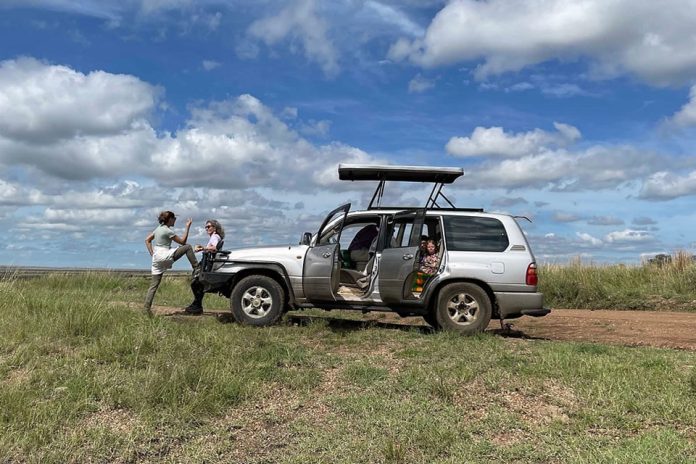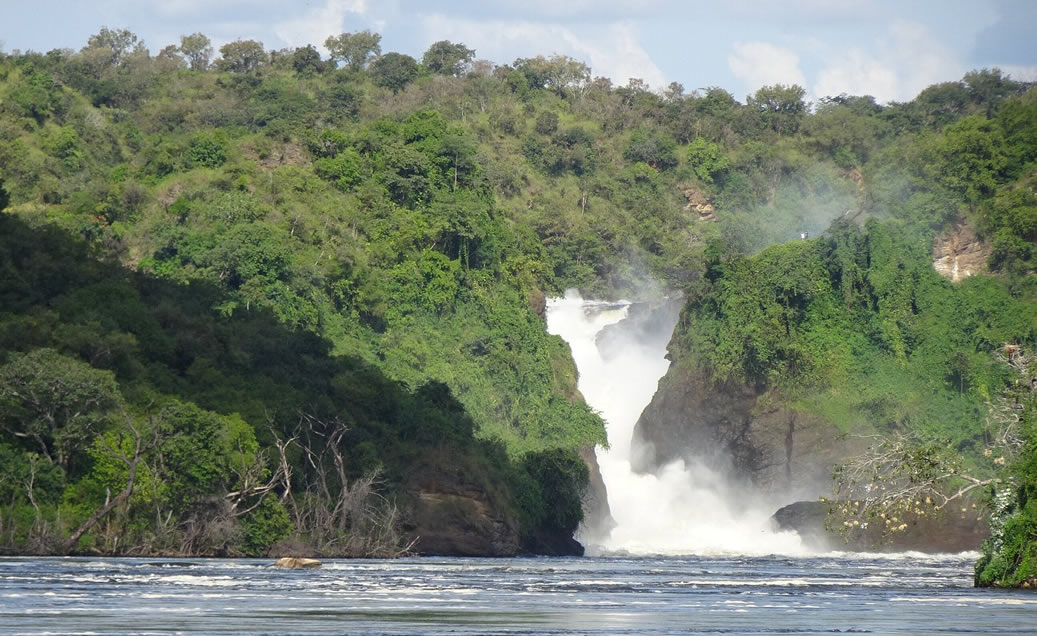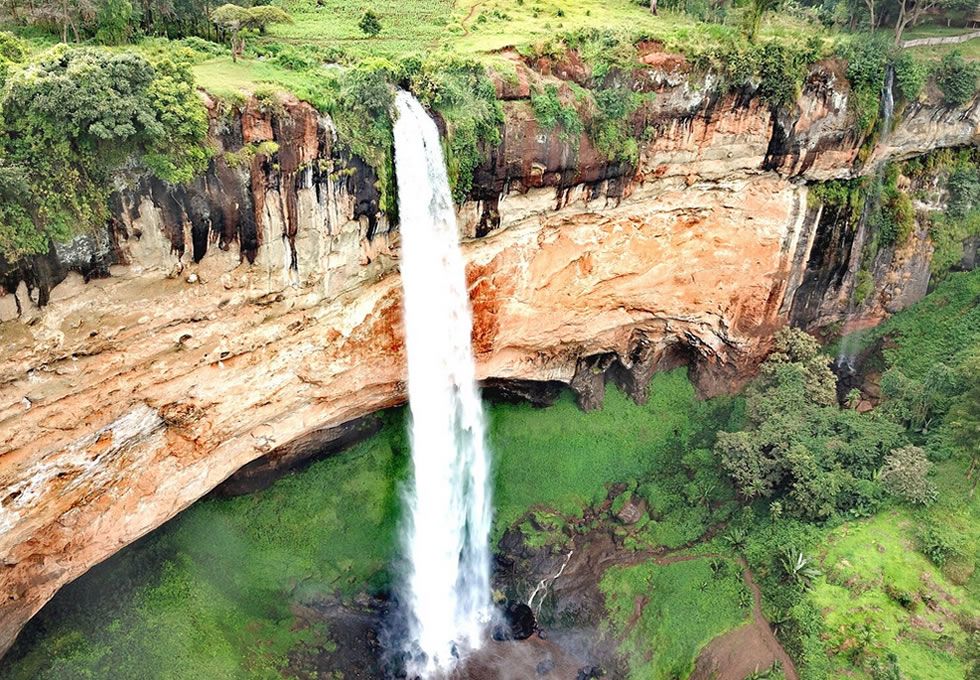The music they say is food for the soul. The Buganda Kingdom is no exception! The drum, an instrument used to command the dancers is mostly a signature tune of the Buganda dance. However, did you know that a slum in Kabowa, Ndeba called Mujaguzo Ku Ngoma, is home to said drums? Many remain oblivious to this little but widely important fact.
In fact, right from the city center, you will be amazed by the ignorance-stricken faces when asked for directions.
They imagine the place doesn’t exist, yet only minutes after the Kabaka’s palace and lake, bundled in the dusty roads in Ndeba, lies this vast land property that was in the past known as Ettaka Ly’Engoma where the special house/palace of the royal drums is erected. While it provided entertainment, music was also used for communication by the Buganda Kingdom.
For instance, songs like Gwanga Mujje and Sagala Agalamidde were used to invite the community to action. Daniel Kimoomera Mukasa, a custodian at Kabowa Ku Mujaguzo, says music was vital in the palace and thus was the presence of all the assigned instrumentalists. He narrates how there was always a different sound played for a particular event or time of day.
Unlike the prime minister who is chosen by the Kabaka, Kimoomera a title given to custodians at Mujaguzo Ku Ngoma is hereditary and only held by people from the Butiko clan. The common story going around is that Mujaguzo is the biggest drum in the palace and is usually hit by the Kabaka on celebrations. However, Kimoomera asserts that the public has got this fact wrong; “Mujaguzo is the group of royal drums, it’s not just a lone drum.”
Mujaguzo is the collection that comprises Entenga, Entamivu, Namanyonyi, and Kawulugumu among other drums that were common in the palace. “Of course some of the drums were destroyed especially in the years when the kingdom had been abolished but the major ones still exist,” Kimoomera says.
Entenga and Entamivu are some of the sounds that suffered over the years; they have barely gone quiet, entenga was used drummed to entertain the Kabaka, it would soothe him to sleep. Entenga is a set of fifteen pentatonic drums with twelve of them tuned to the notes of a xylophone. Thus in a full song played on the drums, one can experience the percussion, bass, rhythms, and multiple melodies played by six people.
The mujaguso is king! Remember, the Baganda believe that two kings can never spend a night in the same house. How dare two kings spend the night in the same palace? So according to Kimoomera, Mujagozo’s palace was originally located next to the Kabaka’s palace in Lubaga, in the area that currently hosts the Catholic Church cathedral. However, when Mutesa I gave out the lands to the Catholic Church, the palace was relocated to Mengo and the drums’ palace has now ended up in Kabowa in Ndeba, which was once a forest.
Kimomera adds that the land was kept as a forest with just two houses for a really long time; that’s how it was saved from destruction during the 1966 crisis; “The area was a very big garden with only two houses in the middle. During the crisis, Obote’s army was looking for things associated with the Kingdom but they couldn’t get to those houses.” Mujaguzo has since survived many other political and social crises that have come and gone in Uganda, despite sometimes finding Buganda in the middle of the crisis.
The house that keeps the Kawulugumu drum is of utmost importance. In the case of a new kabaka’s coronation, it’s in this house that the first ceremonies occur. Apparently, the old Kawulugumu is stripped of its skin and replaced with a new one to signify that the old drum (kabaka) is gone and a new one has been enthroned. The ceremonies end with the new kabaka hitting Kawulugumu for the first time; “By the time he goes to Nagalabi, he’s a complete king.”
Despite the rich history and numerous years after the Buganda kingdom was restored, many things have gone wrong from within. The general Kabowa area doesn’t befit the majesty Kimoomera describes. In fact, the two houses that keep the drums are squeezed within a fast-growing slum. It’s said officials from the kingdom were behind the massive sale that reduced the once glorious palace to a compound sharing a fence with an old garage at the rear end, and a car parking on the other side.
As it is now, with modernity birthing generations that don’t hold onto culture as much, Kimoomera can only hope places like Kabowa don’t become shadows, forgotten artifacts of sorts, not important. He prays so hard!

